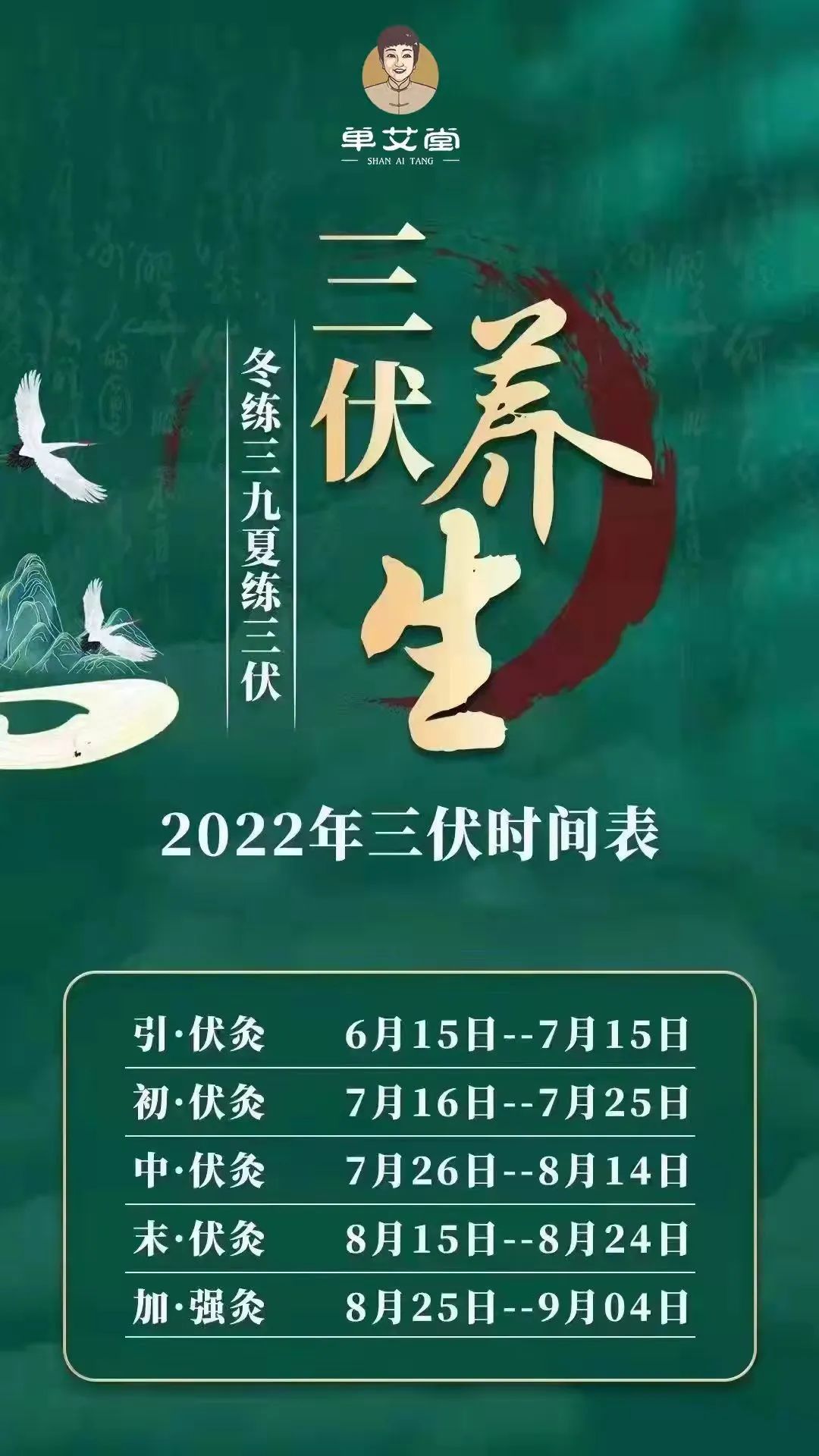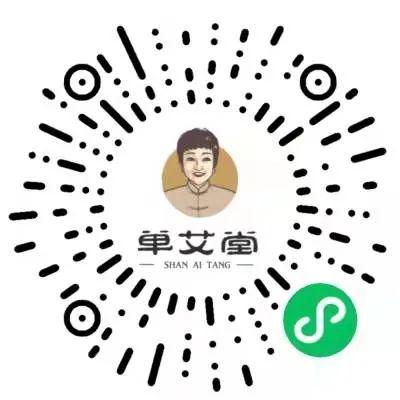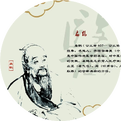
Nowadays, neck and shoulder issues are a common “standard configuration” for many modern individuals. Once afflicted, symptoms can range from mild neck and shoulder pain, soreness, and swelling to severe cases of numbness in the hands, dizziness, and even palpitations. Friends often consult me, saying that after moxibustion, their discomfort disappears, but if they stop the treatment for a while, the pain returns. This indicates that neck and shoulder problems are quite stubborn and difficult to eradicate. In such cases, I usually advise them not to treat the symptoms superficially but to consider potential issues with the small intestine. Why is that?
1. The Small Intestine is Associated with Fire and is Most Vulnerable to Cold
In Traditional Chinese Medicine (TCM), the small intestine and heart are interrelated, sharing a connection through qi and blood. The small intestine is characterized by its fire and yang nature, and its primary functions include receiving and transforming food and separating the clear from the turbid.
1. Receiving and Transforming Food
This refers to the small intestine's role in receiving the food pulp that has been initially broken down by the stomach and transmitted downwards. The food pulp must remain in the small intestine for a certain period, acting as a container to facilitate further digestion.
2. Separating the Clear from the Turbid
This refers to the small intestine's function of absorbing the refined nutrients from the food pulp and transmitting them to the spleen, while sending the food residues down to the large intestine to form feces, with water being transformed by the kidneys and entering the bladder to form urine.
So, how are these two functions of the small intestine achieved? In short: they rely on the abundant yang qi of the small intestine!
Moreover, this has been confirmed by modern medical research: the small intestine is the largest digestive organ in the human body, and the digestive enzymes within it act as catalysts for chemical reactions in food. However, these enzymes require an optimal catalytic temperature (37°C-40°C) to function properly.
Why do modern people often experience digestive issues? Because of poor habits such as overeating cold foods, wearing insufficient clothing, and exposure to air conditioning, which deplete the yang qi of the small intestine. For an organ that is characterized by fire and yang, insufficient yang qi leads to inadequate energy, resulting in the following symptoms:
1. Poor absorption, always feeling underweight or unable to gain weight;
2. Abdominal pain or diarrhea with slight dietary indiscretion;
3. Coldness and occasional pain around the navel;
4. Stiffness in the neck and shoulders, with limited range of motion, especially after consuming raw or cold foods and drinks;
5. Palpitations, chest tightness, frequent low mood, and even depression.
2. The Relationship Between the Small Intestine and Neck/Shoulder Issues
For symptoms 1, 2, 3, and 5 mentioned above, it is easy to understand. The difficult part is symptom 4. Many people think: the small intestine is a digestive organ, how can it be related to the neck and shoulders? To this, I would say: if you think that way, you are missing the point!
In terms of neck and shoulder issues, Western medicine and TCM have significantly different understandings—Western medicine views neck and shoulder problems as skeletal issues, while TCM sees them as meridian issues. Different understandings lead to different treatment methods; thus, Western medicine focuses on correcting bones, often leading to more complications, while TCM emphasizes unblocking the meridians. When the meridians are clear and qi and blood flow smoothly, symptoms such as pain, stiffness, numbness, and even dizziness, blurred vision, and chest tightness can resolve on their own.
However, it is important to note that if there are issues with the neck and shoulders, one cannot simply unblock the meridians in that area, as the meridians governing the neck and shoulders are not located there but rather on the outer sides of the arms. This is the small intestine meridian!
Cold is associated with contraction and stagnation. When the cold pathogen invades the small intestine meridian, the meridian becomes obstructed, and qi and blood are hindered, leading to stiffness and tension in the muscles from the shoulder blade to the neck, much like frozen ground that lacks sunlight.
It is essential to understand that the full name of the small intestine meridian is the Hand Taiyang Small Intestine Meridian, where "Taiyang" signifies the place of abundant yang qi. Imagine if a place that requires yang qi becomes cold and lifeless; various troublesome issues will surely arise.
Therefore, in essence, whether through massage, tui na, or moxibustion, one cannot only focus on the neck and shoulders; unblocking the small intestine meridian is key!
3. Elevating Yang: The Fundamental Solution for Neck and Shoulder Issues!
As mentioned earlier, the small intestine is associated with fire and yang, and the small intestine meridian is where yang qi is most abundant. Thus, to eradicate neck and shoulder issues, it is crucial to improve the coldness of the small intestine and the blockage of the small intestine meridian—the best method is to elevate yang, and naturally, moxibustion is an excellent choice.
So, how do we elevate yang? It can be divided into three steps:
Step 1: Warm and Supplement the Yang of the Spleen and Kidneys
The small intestine belongs to the middle jiao and is closely related to the spleen and stomach. When the small intestine is cold and yang qi is deficient, the yang qi of the spleen, stomach, and even kidneys will also be affected. Therefore, the fundamental approach to dispelling cold from the small intestine lies in how to warm and supplement the yang of the spleen and kidneys.
Recommended acupoints: Shenque (Ren 8), Guanyuan (Ren 4), moxibustion for 20-30 minutes at each acupoint. If concerned about excessive heat, it is advisable to moxibustion on the legs afterward to guide the heat downward, such as at Zusanli (ST 36), Sanyinjiao (SP 6), and Yongquan (KD 1).
Step 2: Unblock the Neck and Shoulder Area
In the neck and shoulder area, focus on moxibustion at three main acupoints: Jianjing (GB 21), Yajiao (Du 14), and Dazhui (Du 9).
1. Jianjing
The human body has a well, and Jianjing is the mouth of this well. To ensure smooth flow from top to bottom, this well must be regularly cleared. We often use shoulder kneading to relieve fatigue, which actually includes the area where Jianjing is located.
In TCM tui na, practitioners always start with Jianjing before addressing other areas, concluding with Jianjing. The initial focus on Jianjing helps relax the entire body, facilitating the movement of qi and blood for better results; concluding with Jianjing helps to tighten the qi and blood that have been loosened. This is akin to clearing a well: first, the cover must be opened, then the cleaning can proceed, and finally, the cover is replaced.
2. Yajiao
Yajiao is an extraordinary acupoint that can regulate the qi of the Du meridian and the Yangming meridian, alleviating local pain. For neck and shoulder issues, it is recommended to select Yajiao at C3-C6, 0.5 cun lateral to the posterior midline.
3. Dazhui
Dazhui, also known as the "Yama's Lock," is located at a crossroads, playing a role in connecting the upper and lower parts of the body. Dazhui is the meeting point of the "Three Yang" and the Du meridian, where all yang qi converges. Moxibustion at Dazhui is equivalent to opening the master switch for all yang qi in the body. If Dazhui is obstructed, not only will yang qi fail to rise, but it will also block seven meridians (Large Intestine, Small Intestine, Sanjiao, Stomach, Bladder, Gallbladder, and Du meridian).
Before moxibustion at Dazhui, to enhance the effect, one can first perform guasha followed by moxibustion.
Step 3: Unblock the Small Intestine Meridian
Effectively unblocking the small intestine meridian hinges on addressing its most prone points of stagnation, primarily the following three:
1. Tianzong
According to the "Miraculous Pivot of Acupuncture and Moxibustion": "For shoulder heaviness and elbow pain that cannot be lifted, Tianzong is the master point." Those with neck and shoulder ailments will experience intense pain when pressing Tianzong, which radiates outward.
The primary function of Tianzong is to generate yang qi.
2. Jianzheng
This is a common blockage point on the small intestine meridian. Persistent blockage here will affect the local distribution of qi and blood, eventually leading to neck and shoulder pain, making Jianzheng the first choice for treating shoulder pain.
Jianzheng is effective for scapular pain, inability to lift the arm, upper limb numbness, and various shoulder discomforts.
3. Houxi
Houxi is a key acupoint on the small intestine meridian and one of the eight extraordinary meridians, connecting to the Du meridian, primarily treating headaches, back pain, and pain in the fingers and elbows.
Note: From 1-3 PM, the small intestine meridian is at its peak, so it is advisable to perform moxibustion during this time for better results.Winter Diseases Treated in Summer: Year-Round PreparednessSingle Moxibustion Hall: Sanfu Paste
Thank you for browsing! Together, let’s promote health!
For more knowledge
Follow us
Read more health knowledge tomorrow
 If you don’t want to scan the code, no problem! Just click the image directly
If you don’t want to scan the code, no problem! Just click the image directly

